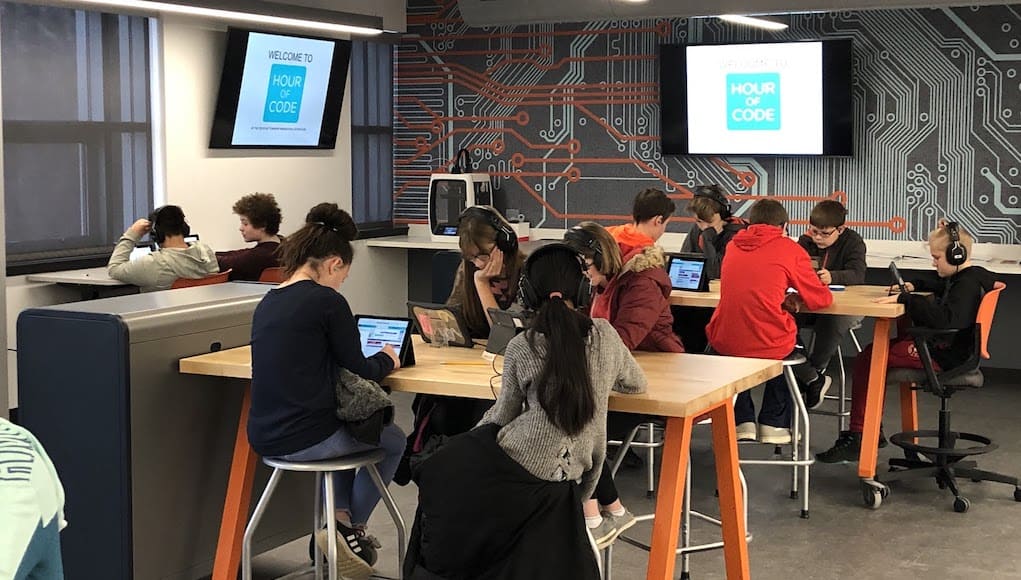In today’s rapidly evolving world, the role of education has shifted beyond traditional methods. Embracing innovation in education is crucial to foster an environment of continuous learning and growth. One key aspect of this innovation is the art of creating inspired classrooms, where students are engaged, motivated, and empowered to explore their full potential.
1. The Evolution of Education: Embracing Innovation
From the days of chalkboards and rote memorization, education has come a long way. Modern education recognizes the need for innovative approaches to cater to diverse learning styles and prepare students for the challenges of the 21st century.
2. The Power of Inspired Classrooms: Why It Matters
An inspired classroom goes beyond the physical setup; it’s a space where curiosity is nurtured, and students are eager to learn. Such environments enhance student motivation, improve retention, and lead to better academic outcomes.
3. Innovative Teaching Methods: Beyond the Chalkboard
Innovative teaching techniques, such as project-based learning, gamification, and flipped classrooms, empower students to take ownership of their learning. These methods foster critical thinking, problem-solving skills, and active participation.
4. Technology as an Enabler of Inspiration: EdTech in the Classroom
Educational technology plays a pivotal role in creating dynamic and interactive learning experiences. EdTech tools and platforms offer personalized learning pathways, virtual simulations, and collaborative online spaces that bridge the gap between traditional and digital learning.
5. Cultivating an Inspiring Learning Environment: Tips for Educators
Educators play a central role in shaping inspiring classrooms. By personalizing instruction, creating visually stimulating spaces, and providing positive reinforcement, they can establish an environment where students feel valued and motivated to excel.
6. Collaboration and Interactivity: Fostering Inspiration Among Students
Collaborative learning encourages students to engage with peers, exchange ideas, and build social skills. Activities like group projects, debates, and interactive discussions cultivate a sense of belonging and inspiration within the classroom.
7. Overcoming Challenges in Implementing Innovative Practices
While the benefits of innovative practices are undeniable, challenges like resistance to change and resource constraints may arise. Educators can overcome these hurdles by seeking professional development, involving stakeholders, and gradually implementing changes.
8. Case Studies: Inspiring Classrooms in Action
Real-world examples highlight the transformative impact of inspired classrooms. Educators like [Educator Name] at [School Name] successfully combined technology, creativity, and collaboration to create an environment where students thrive academically and emotionally.
9. Looking Ahead: The Future of Classroom Innovation
As education continues to evolve, emerging technologies like virtual reality, AI-powered learning, and immersive experiences hold immense potential. The future of classroom innovation lies in harnessing these tools to create even more engaging and effective learning environments.
Conclusion
Innovation in education isn’t just about embracing the latest trends; it’s about creating meaningful learning experiences that inspire students to become lifelong learners. By fostering innovative classroom environments, educators can ignite a passion for learning that will serve students well beyond the classroom walls. As we move forward, the journey of unraveling the art of classroom inspiration remains an ongoing endeavor, vital to the future of education.

